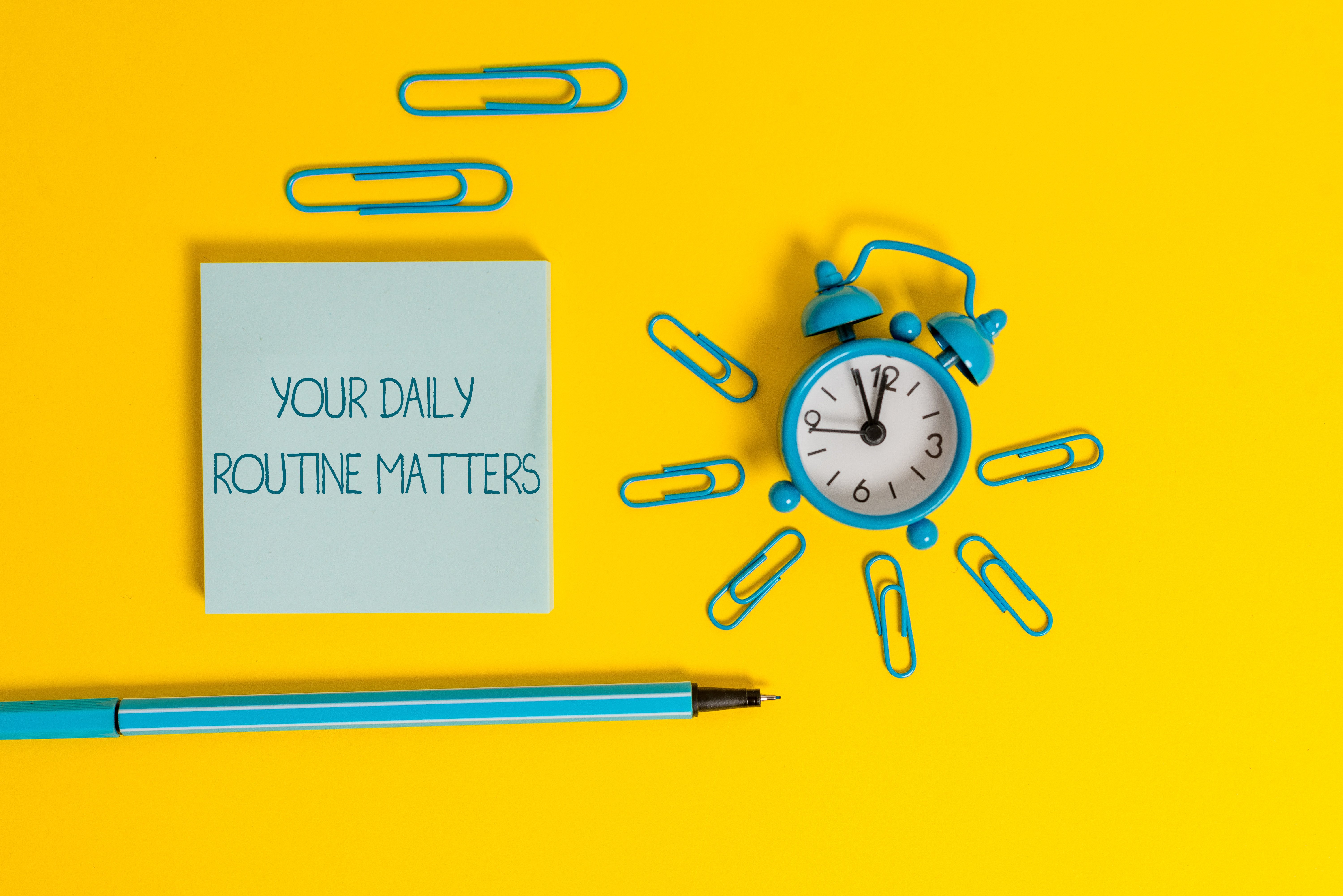We are introduced to "routine" from birth. Usually, this begins with a feeding and sleeping schedule. It then continues through our adolescent years with school, and later into adulthood with work. However, routines start to lose shape as we age. Many seniors find it hard to start a new routine after retirement. Some are not sure how to spend their newfound free time.
That is why it’s vital to maintain a routine during this stage of life. A regular schedule or to-do list will help you maintain structure, eliminate worry, and enjoy your golden years.
Benefits of Having a Daily Routine
Less Anxiety and Stress
It is not uncommon to have less control of our lives as we age. Many seniors have to depend on family members or caregivers to manage their days, or the things they do on our own become harder and harder to do without assistance. This can be a tough transition, and may lead to anxiety and stress.
Fortunately, a predictable routine can reduce some of the anxiety and stress. A routine can help seniors know precisely how they will get through the day, what will be happening, who will be assisting them, how the activity will be completed, and when it will occur.
Over time, this routine will become part of their body memory. They will not have to worry or consciously think about what is coming next.
Improved Sleep
A consistent routine allows for deeper sleep and better rest. A study found that completing the same basic activities, such as bathing, dressing, and eating at the same time each day, improves sleep.
Given that many seniors have trouble sleeping well through the night, having a consistent routine is an excellentexcellen way to improve the situation.
Feeling Safe and Secure
Having a routine allows seniors to plan and predict their day, which makes them feel stable and safe.
Practical Tips for Establishing a Routine
Here are five tips to help you develop the most successful daily routine:
1. Set Realistic Goals
Pay attention to the "can," not the "can't," and adjust activities as needed. Crafting realistic goals makes them more enjoyable and achievable. For example, increasing physical activity gradually or improving mobility is preferable to pushing your limits right out of the gate. Tracking your progress along the way will help you know when to make changes.
2. Start With a Simple Routine
It doesn't have to be overscheduled or complicated. Start by including indispensable activities like meals and medication. As you become more comfortable with the schedule, add more activities like exercise and hobbies.
3. Be Flexible
Leave room to make changes to accommodate unexpected events. For example, you had planned an outdoor activity, but the weather became unfavorable. Having a backup indoor activity can provide continuity without frustration. Appointments, special outings, and visits with family and friends also fall under this category.
4. Incorporate Fun Activities
Routines don't have to be dull. Focus on activities you enjoy, such as walking, spending time with loved ones, reading, or gardening. Social engagements can not only brighten your day but also improve your health.
5. Create a Schedule/Timetable
A timetable will help you manage parts of your routine. Write reminders and set timers so that you know when to run errands, exercise, carry out grooming tasks, etc.
A routine can bring predictability, peace, and calm to your life. Hopefully these tips can help you establish one that is healthy, beneficial, and safe.

